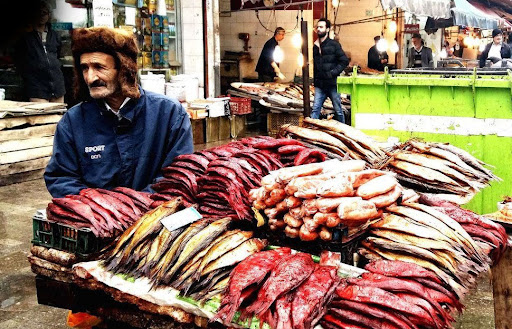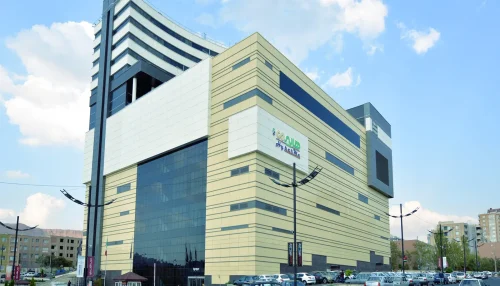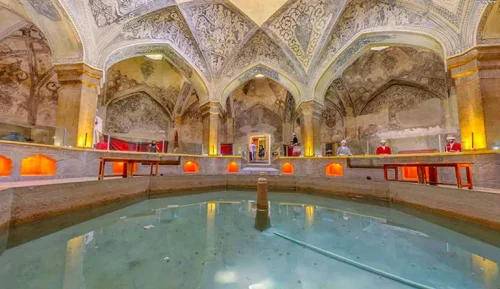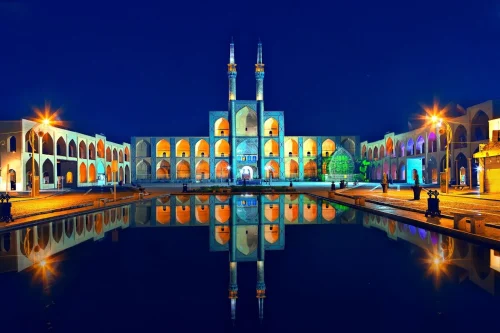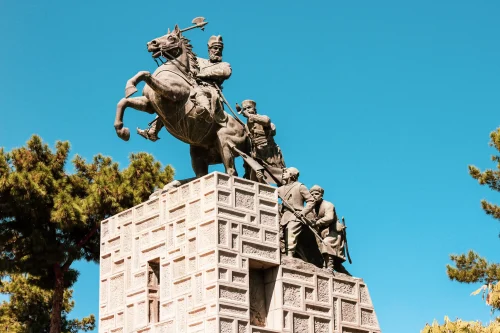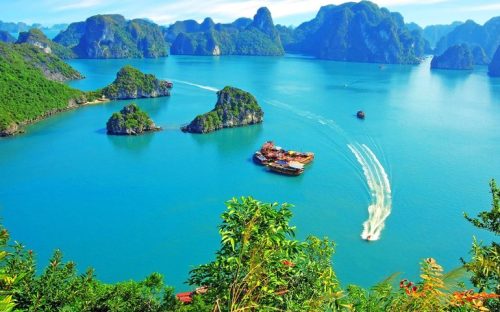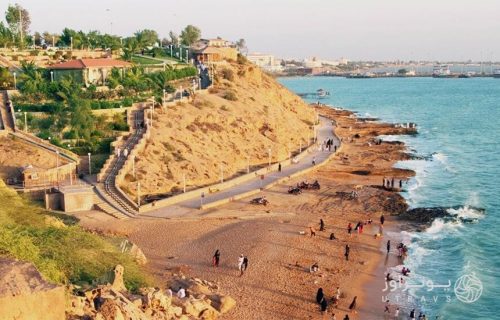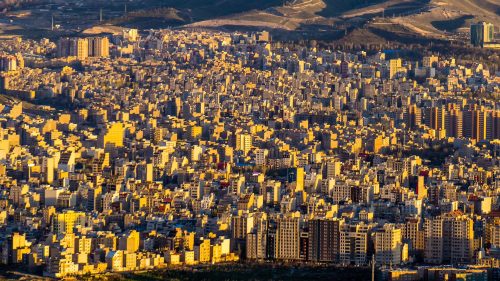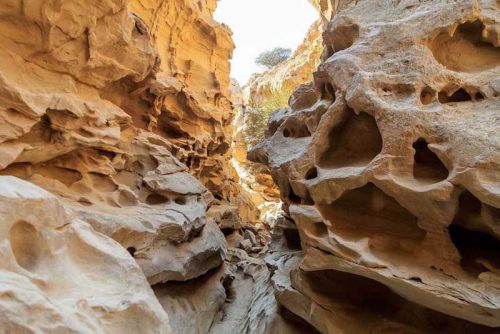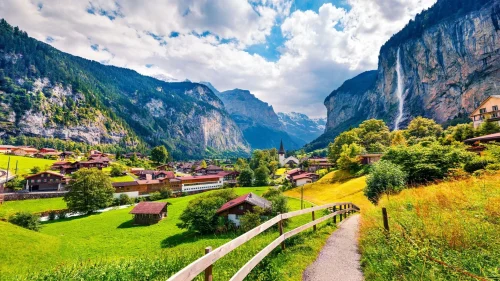Where is Rasht? | Comprehensive Introduction to the Rainy City of Gilan Province
Rasht, the most populous city in northern Iran and the capital of Gilan province, is recognized for its unique geographical location as one of the rainy and lush cities of the country.This city is bordered by the Caspian Sea to the north, Rudbar and Sanger to the south, Astaneh Ashrafieh and Kochesfahan to the east, and Fuman and Somehsara to the west. Planning a trip to Rasht requires careful preparation to make the most of its natural and cultural beauties. The annual rainfall in Rasht reaches approximately 1359 mm, making it renowned as the city of rain in Iran.
Notable attractions in Rasht include the Municipal Square with its beautiful and historical architecture, the Aynak Lagoon, one of the largest lagoons in Gilan province, Saghaleksar Dam Lake, and Saravan Forest Park. Additionally, the Grand Bazaar of Rasht, held without a roof, is a place to purchase local souvenirs such as rice, olives, and handicrafts. Rasht’s culinary culture is also rich, with dishes like Kabab Torsh, Baghela Ghatogh, and Mirza Ghasemi being among the most popular. If you plan to visit Rasht, make sure to stop by local restaurants such as Shur Kooli, Moharram, and Pol Kabab to enjoy the true taste of Gilan’s cuisine.
The economy of Rasht is largely based on agriculture, fish farming, and handicrafts. With its adequate infrastructure and robust market facilities, it provides an ideal environment for commercial and tourism activities. Additionally, access to Rasht is possible via various modes of transportation, including private cars, buses, trains, and airplanes. The best time to visit this city is in the spring and early fall when you can enjoy the mild rains and pleasant weather.
For purchasing plane tickets or booking a hotel in Rasht, contact Iran Charter. Iran Charter phone number: 02191091190 Email: info@irancharter.ir
Geographical Location and Accessibility of Rasht
Rasht, as the capital of Gilan Province, is situated in northern Iran. This city is bordered by the Caspian Sea to the north, Rudbar and Sangar to the south, Astaneh Ashrafiyeh and Kuchesfahan to the east, and Fuman and Sowme’eh Sara to the west. Access to Rasht is facilitated by multiple road routes, making travel to this beautiful northern city convenient for travelers. In addition to private cars, buses, trains, and even domestic flights are considered primary routes to reach Rasht.
History and Rich Culture of Rasht
Rasht has a history full of significant transformations and events. This city was recognized as the center of Gilan during the Safavid era and also played a crucial role in social and political changes during the Qajar period. The local culture of Rasht, blending indigenous traditions and foreign influences, has created a unique culture. Traditional ceremonies such as Gisheh Bori and Nowruz Khani reflect the depth of customs and traditions of the people of this city.
The Economy and Main Industries of Rasht
The economy of Rasht is primarily based on agriculture, fish farming, and handicrafts. With suitable infrastructure and strong market facilities, this city is considered an appropriate place for commercial and tourism activities. The production of agricultural products such as rice, tea, and citrus fruits, along with fish farming and authentic Rasht handicrafts, play a significant role in the city’s economy. Additionally, the steel and wood industries are among other economic sectors of Rasht.
Moderate and Rainy Climate of Rasht
The climate of Rasht is moderate and humid, receiving abundant rainfall throughout the year due to its unique geographical location. The average annual precipitation in Rasht is about 1359 millimeters, which has led to the city being known as the “City of Rain” in Iran. This moist and cool climate keeps Rasht’s lush nature and beautiful gardens attractive in all seasons.
Tourist Attractions in Rasht
With numerous attractions, Rasht is an ideal destination for tourists. From the Municipality Square with its beautiful and historic architecture to the Aynak Lagoon, one of the largest lagoons in Gilan Province, as well as the Sefid-Rud Dam Lake and Saravan Forest Park, each of these places offers a unique experience for visitors. Moreover, the Grand Bazaar of Rasht, with local souvenirs like rice, olives, and handicrafts, is a great place for shopping and experiencing local culture.
Local Foods and Restaurants in Rasht
Rasht’s culinary culture is very rich and diverse. Dishes like Kabab Torsh, Baghela Ghatogh, and Mirza Ghasemi are among the city’s most popular foods, and are prepared in local restaurants like Shourkol, Moharam, and Pelak Bab in the best way. These foods, using fresh ingredients and traditional cooking methods, have acquired a unique taste. Additionally, the Rasht market is a great place to taste local foods and buy edible souvenirs.
Traditional Markets and Modern Shopping Centers in Rasht
The Grand Bazaar of Rasht, with its open design, provides a pleasant atmosphere for tourists. In this market, you can find various local souvenirs like rice, olives, pomegranate paste, tea, and handicrafts. Besides the traditional market, modern shopping centers like Golsar Shopping Center, Iranian Shopping Center, and Escalator Mall also exist in Rasht, offering a variety of branded goods, food courts, and diverse cafes. These shopping centers provide more options for shopping and entertainment.
Diverse Accommodation Options in Rasht
Rasht offers a range of diverse accommodations such as luxury hotels, seaside villas, furnished apartments, and eco-lodges, providing suitable options for every type of traveler. The website Iran Charter offers a wide selection of accommodations, helping travelers choose the best option according to their needs and budget. Booking accommodation in advance makes your trip more convenient and ensures a worry-free experience finding a place to stay.
Best Time to Visit Rasht
The best time to visit Rasht is during spring and early fall when the weather is milder and the showers are lighter. During these seasons, you can take advantage of the lush nature, beautiful gardens, and tourist attractions of this city. However, Rasht has its own appeal in every season of the year. Spring with fresh blossoms and winter with a snowy cover each offers a different and delightful experience for travelers.
Easy Access Routes to Rasht
Getting to Rasht is possible by car, bus, train, and plane. Traveling by car enables scenic journeys from nearby cities. Buses provide a cost-effective option for group travel, while trains offer a comfortable and quick experience. Additionally, domestic flights from Tehran’s Mehrabad Airport to Rasht’s Sardar-e-Jangal Airport significantly reduce travel time. The choice of route depends on your travel preferences and needs.
Frequently Asked Questions
- Where is Rasht?
- Rasht is the capital of Gilan Province and the most populous city in northern Iran. It is bordered to the north by the Caspian Sea and to the south by Rudbar and Sangar.
- Where is the center of Rasht?
- The center of Rasht is located in the Municipality neighborhood, with the Municipality Square being its most significant part.
- How far is Rasht from Tehran?
- Rasht is approximately 320 kilometers from Tehran, and it takes about 4 hours by car to reach the city.
- What is Rasht known for?
- Rasht is known as the City of Rain, with a rich history, diverse culture, and numerous natural attractions.
- In which province is Rasht located?
- Rasht is the provincial capital of Gilan.
- What are the features of the Golsar area?
- The Golsar area is known as the upscale part of Rasht and offers high-quality infrastructure and modern amenities.
- What are the tourist attractions in Rasht?
- Tourist attractions in Rasht include the Municipality Square, Aynak Lagoon, Sefid-Rud Dam Lake, Saravan Forest Park, and the Gilan Rural Heritage Museum.
- What is the weather like in Rasht?
- Rasht has a moderate and humid climate, with continuous spring and fall rains and relatively cooler summers.
- When is the best time to travel to Rasht?
- The best time to travel to Rasht is in spring and early fall, when the weather is more pleasant with milder rains.
- What is the economy of Rasht like?
- Rasht’s economy includes various sectors such as the export and import of agricultural products, handicrafts, tourism, and other services.
- Where are Rasht’s shopping centers?
- Shopping centers in Rasht include Iranian Shopping Center, Golsar Mall, Rose Shopping Center, and Rasht Grand Bazaar.
- What are the famous restaurants in Rasht?
- Famous restaurants in Rasht include Shourkol, Moharam, and Pelak Bab, serving delicious local foods.
- What are the nearby tourist destinations to Rasht?
- Nearby tourist destinations include Aynak Lagoon, Sefid-Rud Dam Lake, Saravan Forest Park, and Mohtasham Garden.
- How is accommodation in Rasht?
- In Rasht, there are various accommodations available, including luxury hotels, seaside villas, furnished apartments, and eco-lodges.
- What are the ways to access Rasht?
- Ways to access Rasht include traveling by car, train, bus, and plane.
- What are Rasht’s handicrafts?
- Rasht’s handicrafts include Rashti embroidery, wickerwork, beadwork, and Chador weaving, each with its unique characteristics.
- What are Rasht’s local dishes?
- Local dishes of Rasht include Kabab Torsh, Shevid Qorme, Baghela Ghatogh, Mirza Ghasemi, Fesenjan, and Morgh Torsh, each with its distinct flavors.
- How can I book a flight ticket to Rasht?
- You can book a flight ticket to Rasht by visiting the Irancharter.ir website or calling 02191091190.

